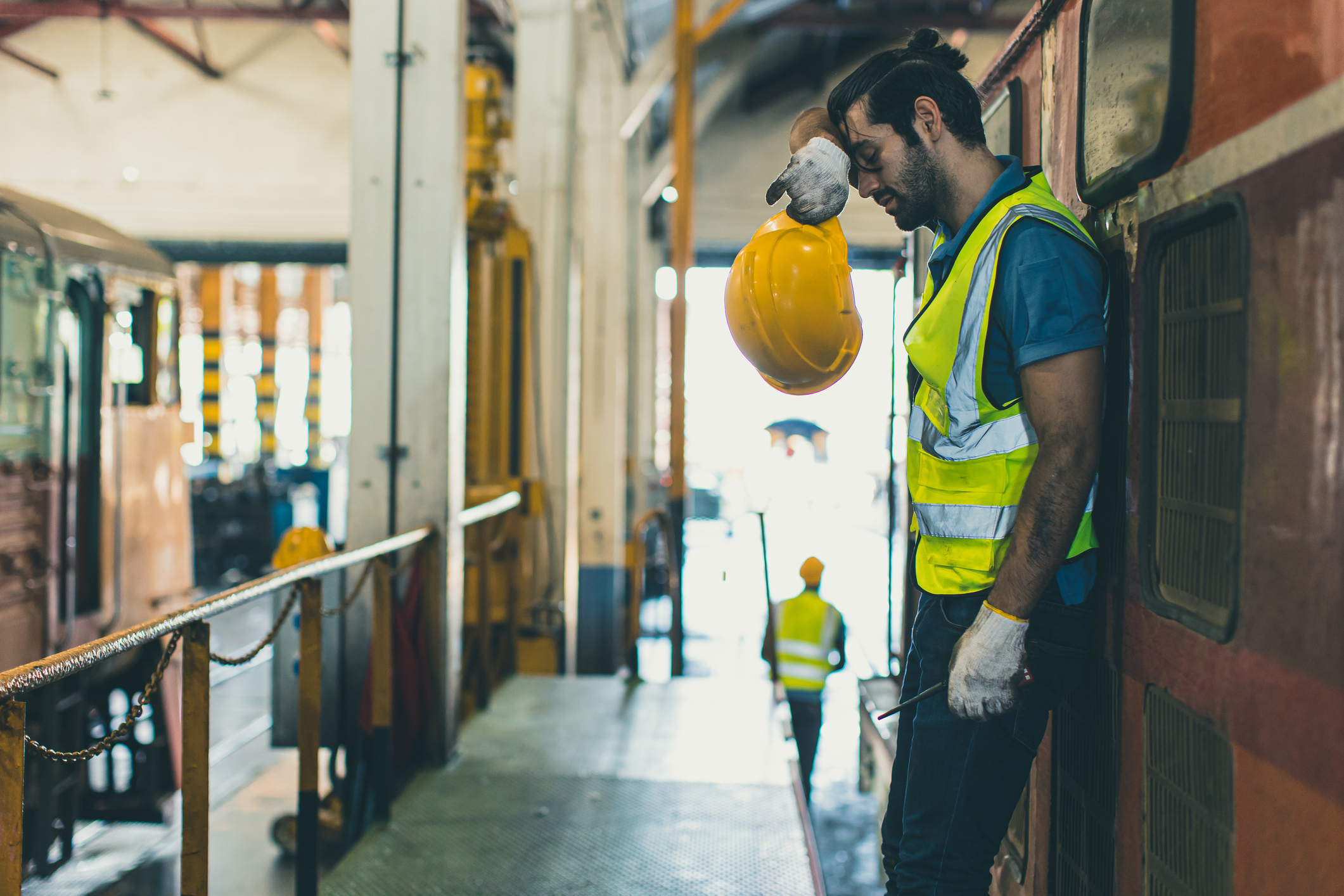Addressing the Alarming Suicide Rate in Construction Employees
Construction workers only account for 7.4% of the workforce but constitute around 18% of suicide deaths where an occupational industry was reported. However, employers are not powerless in prevention methods and can start by breaking the stigma around mental health.
November 4, 2024

According to the Centers for Disease Control (CDC), the construction industry has the highest rate of suicide among all occupational groups, with the rate among male construction workers 75% higher than men in the general population.
“Construction employees work in some of the most high-stress environments, with shift schedules, physically demanding jobs, and the inherent risks of the job site,” said Kevin O’Sadnick, Senior Risk Control Manager at Safety National. “In addition to high suicide rates, the industry has a considerably high rate of substance abuse, with opioid prescriptions being three times more common among those with musculoskeletal disorders.”
Employers who want to address this trend and help reduce these statistics should start by understanding the causes and the changes they can make to support their employees’ mental health.
Leading Causes of High Suicide Rates in Construction Employees
- Physical injuries and chronic pain – Roughly one-third of construction employees will face a musculoskeletal disorder, leading many employees to suffer from ongoing chronic pain. When left untreated, these injuries can lead to long-term, more severe injuries requiring surgery.
- Mental health stigma – Construction is a notably male-dominated industry, where toughness and strength are valued. Unfortunately, for many workers, discussing mental health issues may still be considered a sign of personal weakness and will go unreported.
- Seasonal employment – Often, work is based on agreeable seasons to complete the job, which can lead to financial and family strain. This offers workers limited time to connect with their support structure, which can worsen mental health conditions.
- Demanding schedules – Given the nature of the construction industry, employees may be subject to long work hours during busy seasons, including the potential for a large volume of overtime leading to fatigue.
- Substance abuse – For many, additional job stressors can lead to alcohol or drug misuse. In some cases, consistent abuse can lead to overdoses.
How Employers Can Help
While mental health has not always been included in workplace wellness programs, there has been a significant shift from “wellness” to “well-being,” which includes mental and behavioral health. In a recent study, 90% of the employers surveyed are increasing their investment in mental health programs, and 76% are investing in stress management and resilience programs. Some additional strategies include:
- Leadership engagement – The best approach from people leaders is to be empathetic, vocal, and visible about mental health conditions. A commitment to employee well-being should be consistently communicated, and discussing lived experiences can make workers feel more comfortable speaking up.
- Healthy organizational culture – Showing openness to and concern for workers issues reinforces a respectful workplace that values positive mental health. Employees should never feel intimidated by colleagues or managers to speak up when they are struggling.
- Access to services and support – Employee assistance programs can offer help, but employees may not be aware of the resources available to them, or they may fear negative repercussions if they use them. EAP benefits should be clearly outlined to workers so that they understand that this resource is confidential.

























